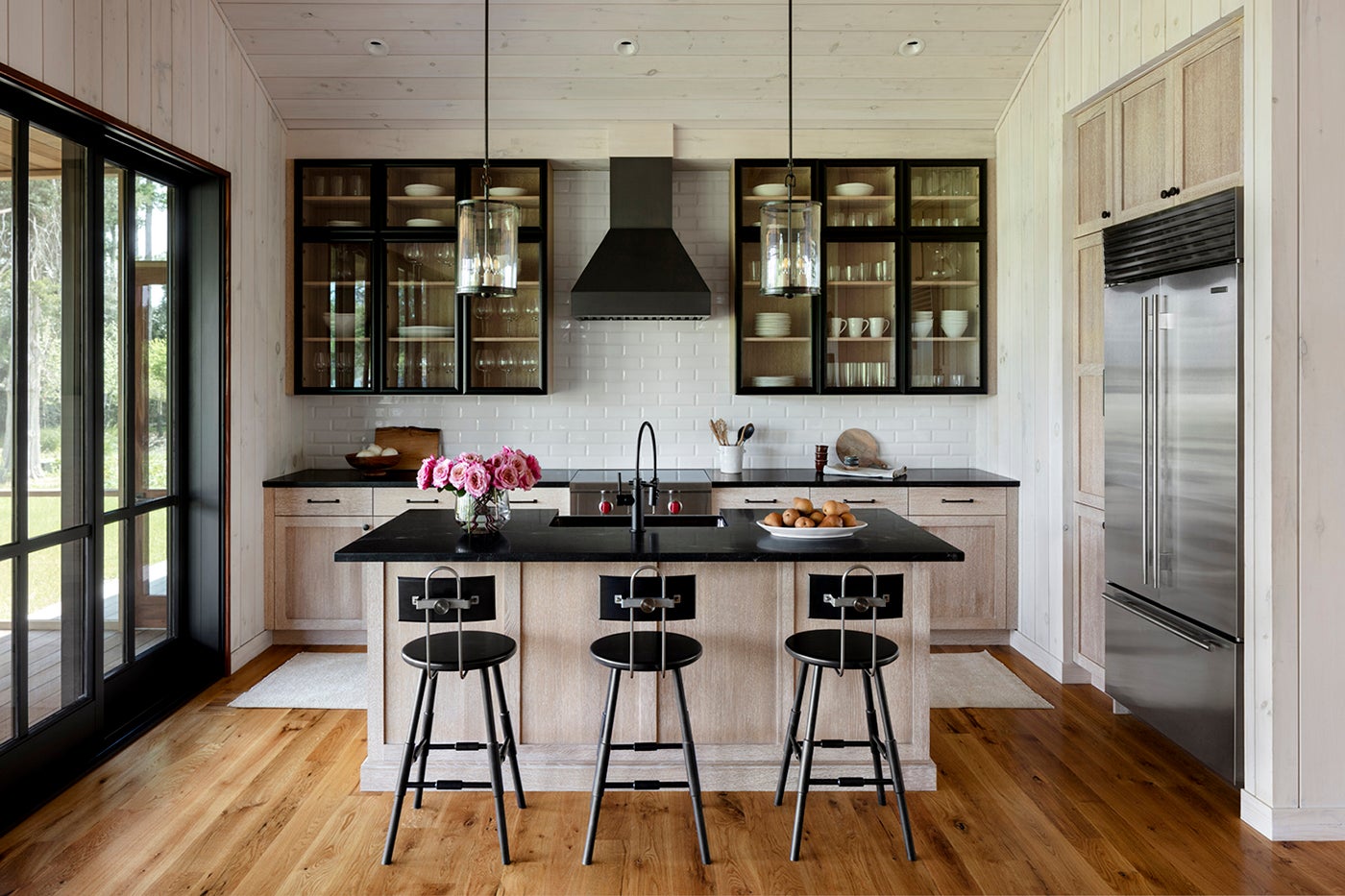Sustainability is a hot topic right now, and with good reason. When it comes to industry-recognized certifications, LEED (Leadership in Energy and Environmental Design) is one that requires hearty studying. Is it worth it? We asked four designers—Laura Hodges, Carolyn Boldt, Prosha Korangy and Kristin Bartone—to talk about how they’ve leveraged their LEED certification.

The More You Know
“As much as is within our control, we make design decisions that are considerate of the environment and that limit our carbon footprint. My LEED accreditation has served to educate me on best practices in those design decisions and was my basis for understanding the impact designers can have in the building industry, both for better and worse. Even though our residential projects don’t typically seek LEED certification, the program has been an important tool in our practice because the metrics by which a project gains LEED certification are always relevant. Whether it’s sourcing materials and furnishings from a close proximity to the project site, prioritizing rapidly renewable materials or considering natural light and shading for energy efficiency, the LEED certification program serves as our guide for making educated decisions that are respectful of our environment.” —Laura Hodges, Laura Hodges Studio, Catonsville, Maryland

Running the Numbers
“I was one of the last to get the LEED certification before it was restructured into different segments, and when I got it I was very focused on corporate work, specifically for a university. And [at the time], it was the thing to do. The test was really hard, and includes a lot about energy and other stuff you as a designer don’t have a lot to do with. I was working on a job with an architecture firm, doing mostly furniture. I documented all the LEED points along the way, and it was kind of a kudos thing to do. The university really wanted it, but it cost them probably 25 percent more to be LEED certified, and their biggest return on investment has been the credential, which is hard to measure. It’s a certification that makes other designers go, ‘Oh, wow, that’s really cool because I understand it, but it’s not something that any of my [residential] clients want to pay [for].’ My clients want to say theirs is a green [design], but they don’t necessarily need it to be LEED—they’re focused on keeping their project economical.” —Carolyn Boldt, CrossFields Chiropractic Office Design, Florida

Pay It Forward
“Sustainable practice within workplace design is evolving at a promising pace. Identifying where to begin and where to make trade-offs can be murky, but our clients come to us to learn how. The LEED certification ensures that our knowledge and interest [in sustainability] aligns with our clients’ [priorities]. During every discovery call we ask: ‘Would you like to learn more about sustainable design?’ The answer is yes, a hundred percent of the time. Companies are very receptive to sourcing from local artisans, investing in efficient HVAC systems—especially post-COVID—or repurposing materials. It helps employees feel good about their environment.” —Prosha Korangy, Prosha Interiors + Design, New York

Health Check
“I use my LEED knowledge to provide better service for our clients, and our expanded network of tradespeople and other team members. Having research-based facts helps clients make investment-forward decisions more wisely. I think this helps develop a trusting relationship with the client since they know we are here to help them create a space that is healthy and functional, not just pretty. Day to day, green building takes center stage in our design process and project development, but nowadays, environmentally conscious design that is healthy for the individual and the planet is merging into one healthy living concept.” —Kristin Bartone, Bartone Interiors, Chapel Hill, North Carolina
Homepage image: Laura Hodges uses her LEED certification to inform residential design work, as was done in this bright kitchen | Jennifer Hughes





























